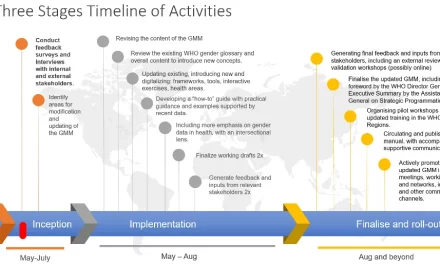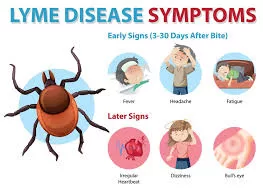A 2024 study published in Indian Pediatrics introduces updated anthropometric growth references for Indian children and adolescents, developed using data from four major national surveys—NFHS-3, NFHS-4, NFHS-5, and the Comprehensive National Nutrition Survey (CNNS). The study focused on ‘healthy’ children as defined by the WHO’s Multicentre Growth Reference Study (MGRS) criteria.
Key Findings of the Study
The study presents several crucial insights into the growth patterns of Indian children when compared to the global standards set by the World Health Organization (WHO):
- Lower Growth Distributions: Indian children exhibit consistently lower height-for-age (up to 19 years), weight-for-age (up to 9 years), weight-for-height (under five years), and BMI-for-age (5–19 years) compared to WHO global standards.
- Reduced Growth Faltering Estimates: The prevalence of growth faltering based on these new references is more than 50% lower than estimates derived using WHO standards.
- WHO Standards May Overestimate Undernutrition: The study suggests that WHO global growth standards might misclassify Indian children as undernourished, potentially leading to inaccurate policy decisions.
Implications for Public Health and Policy
These findings highlight the significance of using localized growth references to provide more accurate assessments of child nutrition and development. The study calls for policymakers, healthcare professionals, and researchers to reconsider the use of global growth charts for Indian children and advocate for national standards that better reflect their unique growth patterns. Such an approach could lead to better-informed clinical and public health interventions, ensuring more targeted strategies to improve child nutrition in India.
Expert Reactions
Experts in pediatrics and public health have emphasized the need for country-specific growth references. “India’s diverse nutritional and environmental conditions warrant growth standards that reflect the reality of our children’s health,” said a leading pediatrician. “This study is a step forward in tailoring healthcare policies to the actual needs of our population.”
Conclusion
As India continues its efforts to combat malnutrition and improve child health, the introduction of these new growth references marks a pivotal moment in pediatric healthcare. Future research and policy revisions may further refine these standards to ensure optimal child development across the nation.
Disclaimer: This article is for informational purposes only and is based on a study published in Indian Pediatrics. Readers are encouraged to consult healthcare professionals for medical advice and refer to official policy updates for further guidance.












